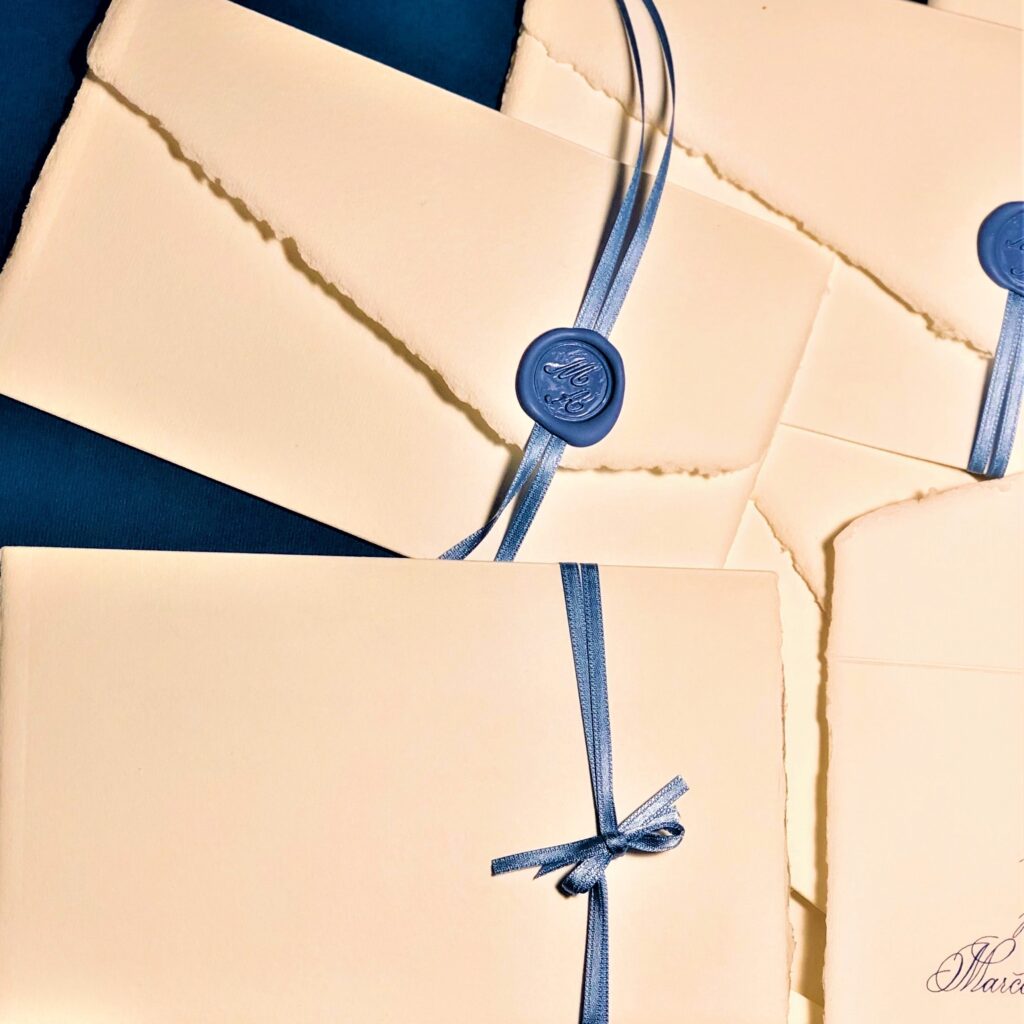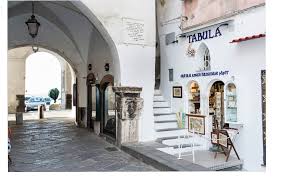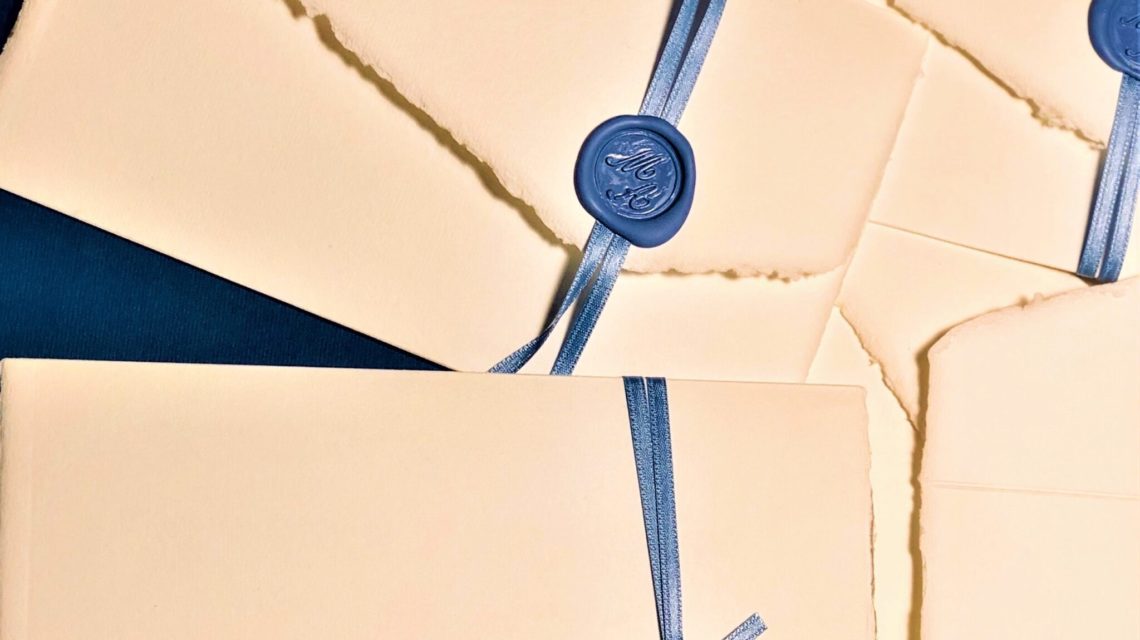TheAmalfitana talks about us 28 January 2021 – Posted in: Reviews & Testimonials
Many thanks to Alessandra Napolitano aka “TheAmalfitana” for giving us the honor of being part of her blog!
Thanks for the wonderful words you used for us!
To see the original article click here, below you can see the copy!
Enjoy the reading! ☺️????
The Amalfi paper
I love to write by hand. I love everything that revolves around writing. Pens, notebooks, paper, diaries, books. I love to write, in the physical sense of the gesture. Receiving a letter with a handwritten header still causes me a certain emotion. Even before opening it, I analyze the handwriting, the style and imagine the person who wrote those words. Behind the writing there is a world. We are no longer used to writing by hand, it takes too long and it seems that there is never enough. I personally love to devote time to handwriting, just as I like to personally choose the paper on which to write, the pen, the ink, the most suitable stroke. A handwritten letter is now a rarity. When I write, I choose each word carefully. I think of the recipient, how he will react when he opens the envelope and reads my words. Choosing the sheet, writing with the right pen, folding, enveloping, stamping and sending are many gestures made only for that person who will receive the letter. The words on the card fix what you want to say, you can’t delete or change them. This is why you pay more attention to it when you write. What you write on paper resists over the years and will give you emotions, always … For my special occasions I choose Amalfi paper, which is wonderful to the touch, as well as to the sight and smell …

Amalfi paper is a precious type of paper produced since the Middle Ages in the city of Campania from which it takes its name. Today the Amalfi paper is a niche product, recognized and appreciated by true connoisseurs. It is produced by the paper mills that still resist on the market and used for ceremonies and prestigious events, for printing valuable editorial works and in the fields of drawing and painting. The Vatican State uses the Amalfi paper for its correspondence, as well as well-known personalities present and past, such as Mozart, Lord Byron, Oscar Wilde, Stendhal, Guttuso, Sofia Loren, G.W. Bush, Robert de Niro, Tony Bennett …
I personally every time I go to Amalfi, before entering the majestic Piazza Duomo,  through the Porta della Marina and I stop in a charming shop called Tabula. A real treasure chest of hidden treasures, where you can find exclusive articles and products dedicated to handwriting and drawing. Entering one of these shops is like stepping into the past. Everything that surrounds you recalls atmospheres of other times, where the word was imprinted on the paper and remained engraved there forever. They literally have to drag me out otherwise I would waste hours viewing all the items on display: elegant writing paper, business cards, albums, notebooks and address books with leather covers, decorated, marbled and hand-bound papers, refined wedding invitations, fine paper drawing and for watercolor, pens made with real bird feathers, personalized seals, inks and sealing wax. And again: reproductions of antique prints and hand-painted watercolors by local artists, fine publishing, antique prints and paintings from the 1800s and 1900s by Italian and foreign traveling painters, all on Amalfi paper, of course! History of the Amalfi paper In Amalfi paper processing was learned thanks to trade with the Arab world around the twelfth century. The Arabs imported and spread in the West the use and processing of paper whose technique they had learned from the Chinese. The paper produced in Amalfi, also called Charta Bambagina, was obtained not from cellulose, but from rags and rags of white linen, cotton and hemp, through a particular type of procedure. It was immediately in great demand by the courts of the Angevins, the Aragonese, the Spanish Viceroyalty and the Bourbon court, as well as for the documents of the duchy, the bishop’s seats and for writing notarial deeds. Although the use of this paper was prohibited in 1220 by Frederick II for official documents, as it was considered less resistant than parchment, it continued to be produced and used for centuries. Paper was worked by hand until 1700 when, with the advent of industrialization, it was processed with machines. And from here began the crisis for Amalfi paper makers and their families. The protectionist policy of the Bourbon government tried to slow down the crisis by increasing the number of paper mills, but the collapse was now near. In 1954 a violent flood destroyed almost all the paper mills. Only three were saved, while the others were never rebuilt: the Imperato paper mill, the Milan paper mill, converted into a paper museum and that of the Amatruda family, who still continue to produce paper by hand.
through the Porta della Marina and I stop in a charming shop called Tabula. A real treasure chest of hidden treasures, where you can find exclusive articles and products dedicated to handwriting and drawing. Entering one of these shops is like stepping into the past. Everything that surrounds you recalls atmospheres of other times, where the word was imprinted on the paper and remained engraved there forever. They literally have to drag me out otherwise I would waste hours viewing all the items on display: elegant writing paper, business cards, albums, notebooks and address books with leather covers, decorated, marbled and hand-bound papers, refined wedding invitations, fine paper drawing and for watercolor, pens made with real bird feathers, personalized seals, inks and sealing wax. And again: reproductions of antique prints and hand-painted watercolors by local artists, fine publishing, antique prints and paintings from the 1800s and 1900s by Italian and foreign traveling painters, all on Amalfi paper, of course! History of the Amalfi paper In Amalfi paper processing was learned thanks to trade with the Arab world around the twelfth century. The Arabs imported and spread in the West the use and processing of paper whose technique they had learned from the Chinese. The paper produced in Amalfi, also called Charta Bambagina, was obtained not from cellulose, but from rags and rags of white linen, cotton and hemp, through a particular type of procedure. It was immediately in great demand by the courts of the Angevins, the Aragonese, the Spanish Viceroyalty and the Bourbon court, as well as for the documents of the duchy, the bishop’s seats and for writing notarial deeds. Although the use of this paper was prohibited in 1220 by Frederick II for official documents, as it was considered less resistant than parchment, it continued to be produced and used for centuries. Paper was worked by hand until 1700 when, with the advent of industrialization, it was processed with machines. And from here began the crisis for Amalfi paper makers and their families. The protectionist policy of the Bourbon government tried to slow down the crisis by increasing the number of paper mills, but the collapse was now near. In 1954 a violent flood destroyed almost all the paper mills. Only three were saved, while the others were never rebuilt: the Imperato paper mill, the Milan paper mill, converted into a paper museum and that of the Amatruda family, who still continue to produce paper by hand.


